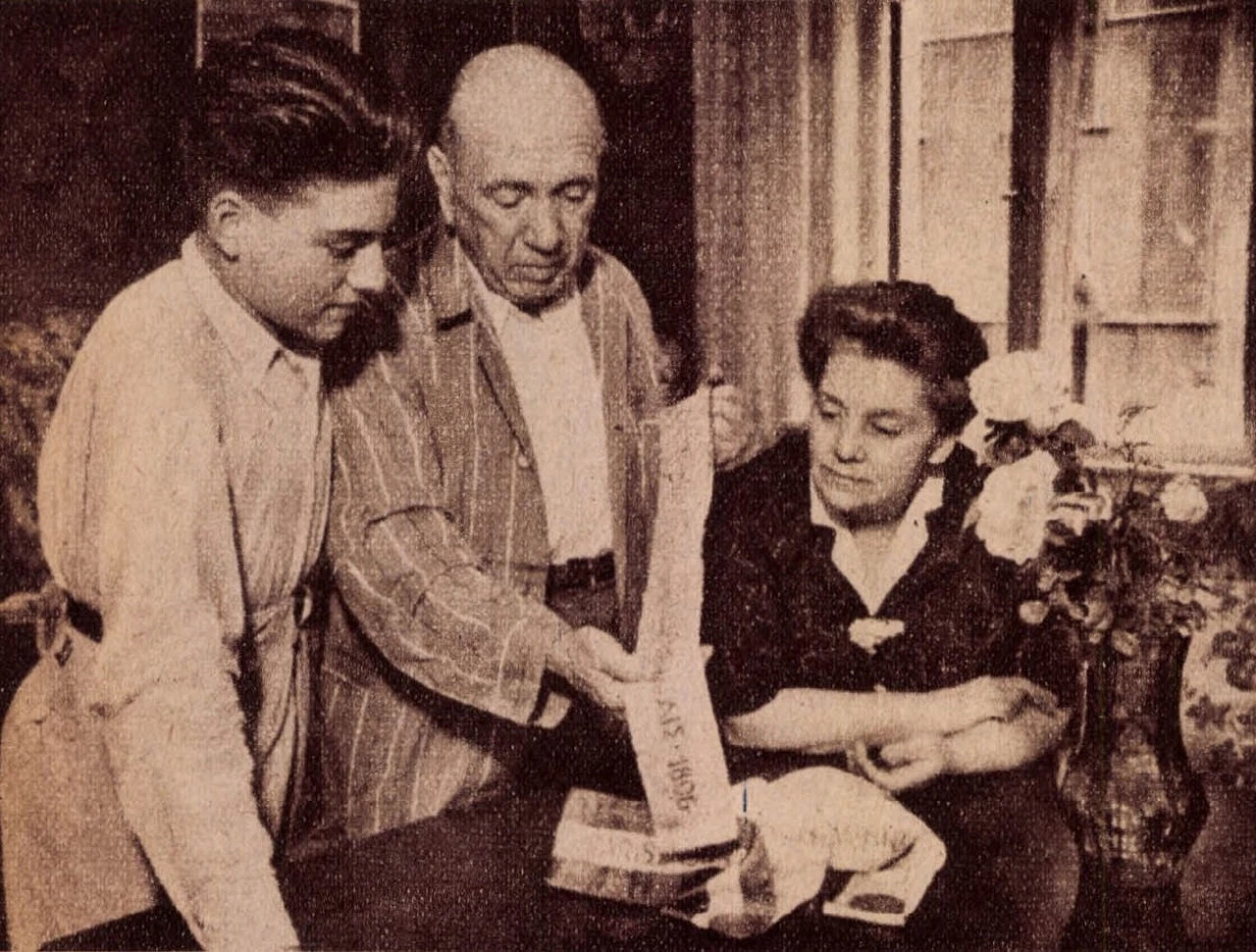The Power of Imagery In Our Lives
In Bill Watterson’s comic strip “Calvin and Hobbes” Calvin is a 6-year old child whose blithe spirit in the face of overwhelming reality helped many of us cope with our own horrible-terrible-no-good days. Calvin is accompanied by Hobbes, a stuffed animal to the rest of us, but a very alive and sentient bipedal tiger to Calvin. Every time a human enters a scene in the comic, all they see is an animal blankly staring into space. Calvin, however, sees Hobbes as a faithful confidant, a partner in crime, and also a voice of reason, albeit one that’s rarely heeded. Imagination is... Read More





